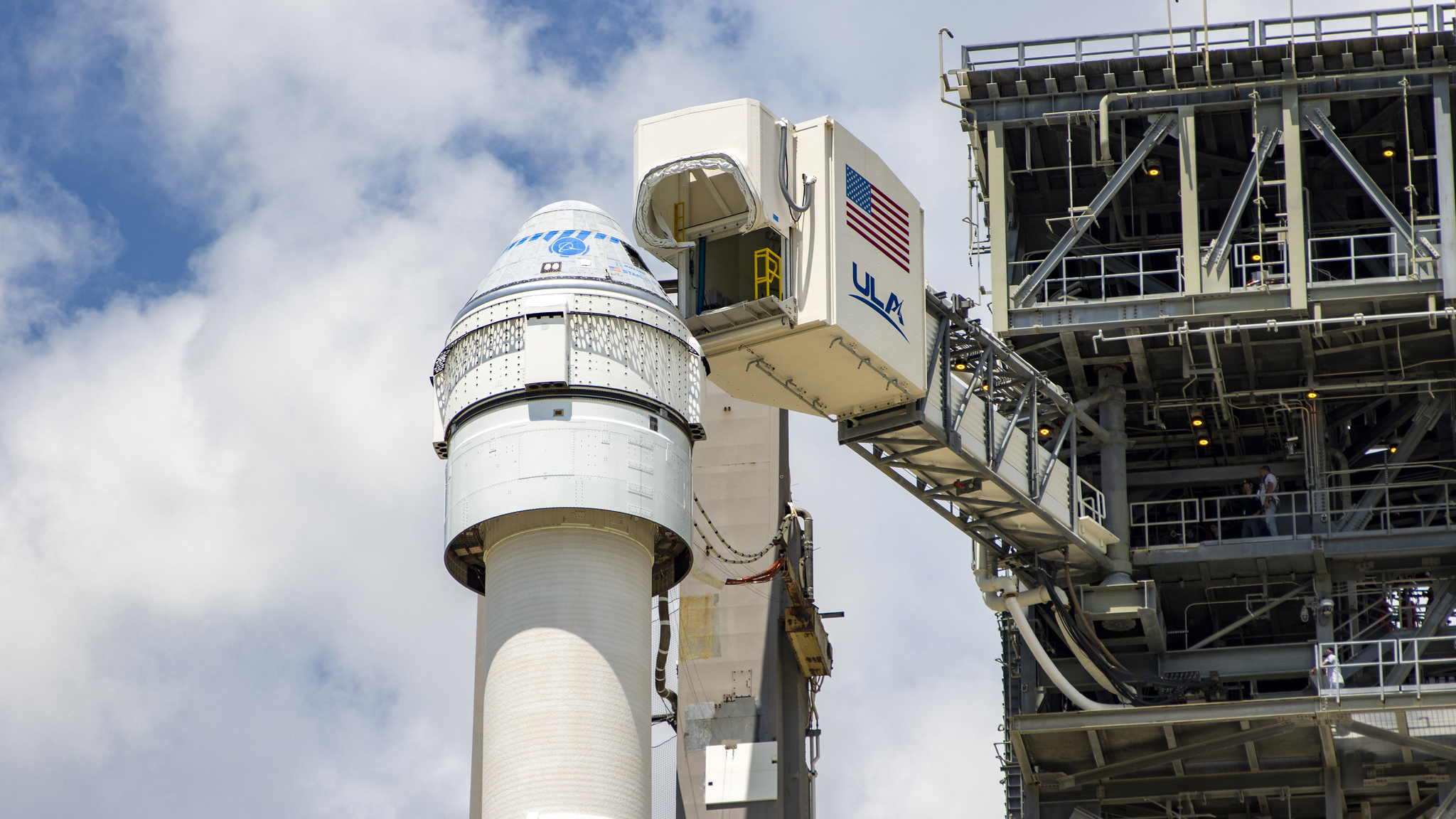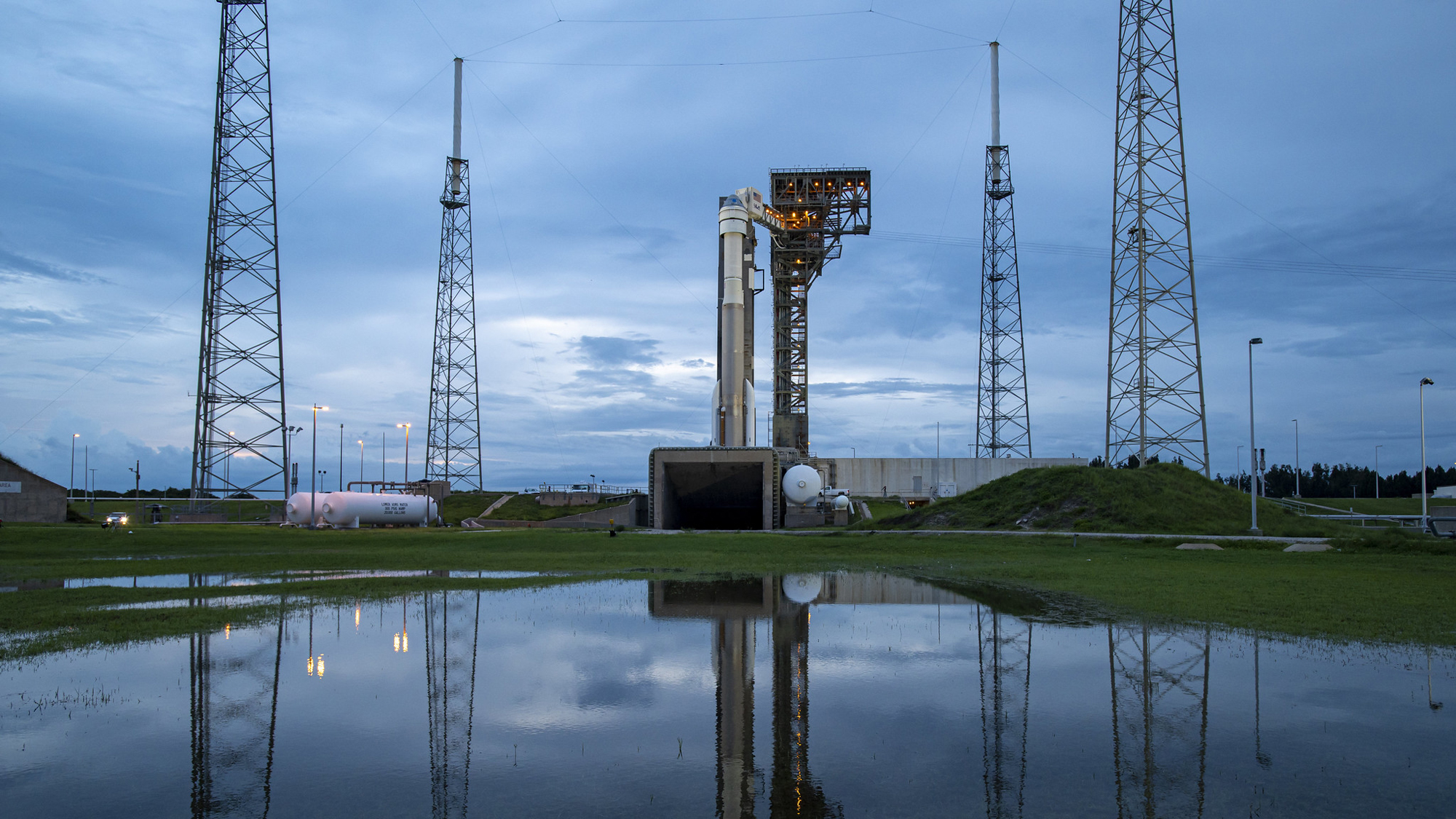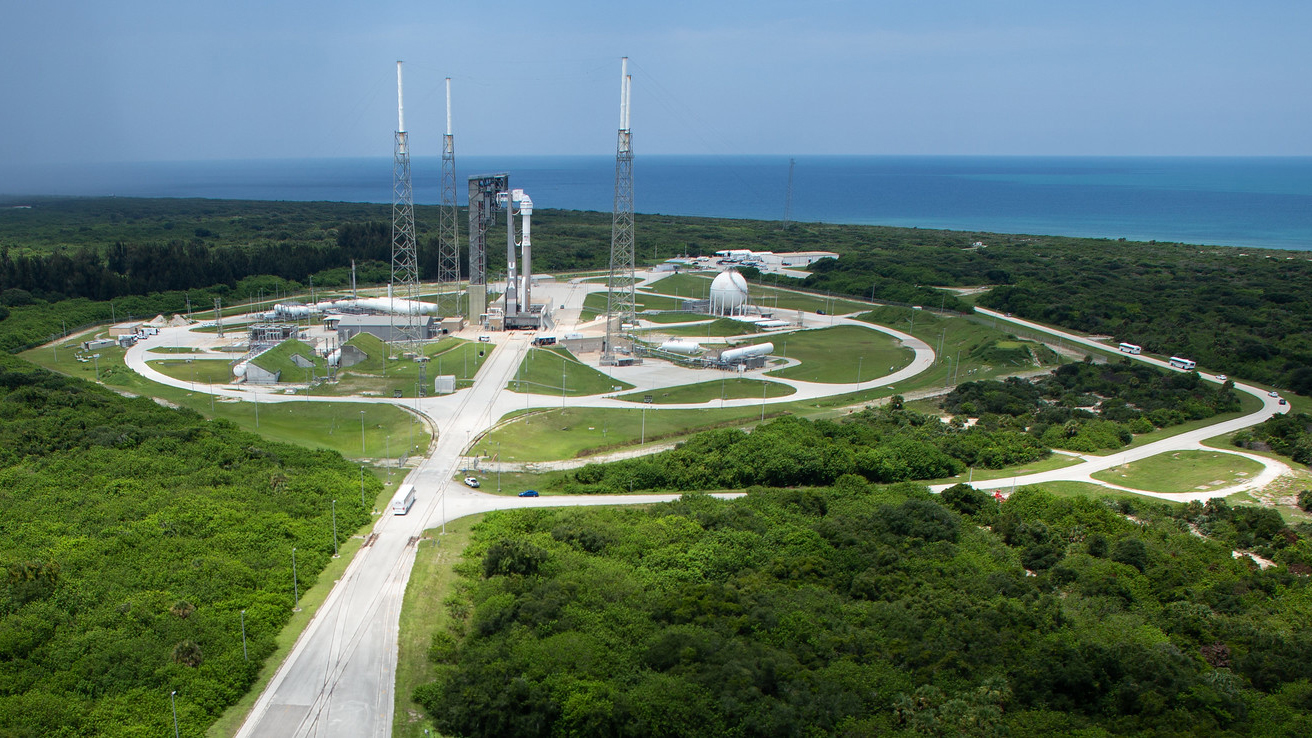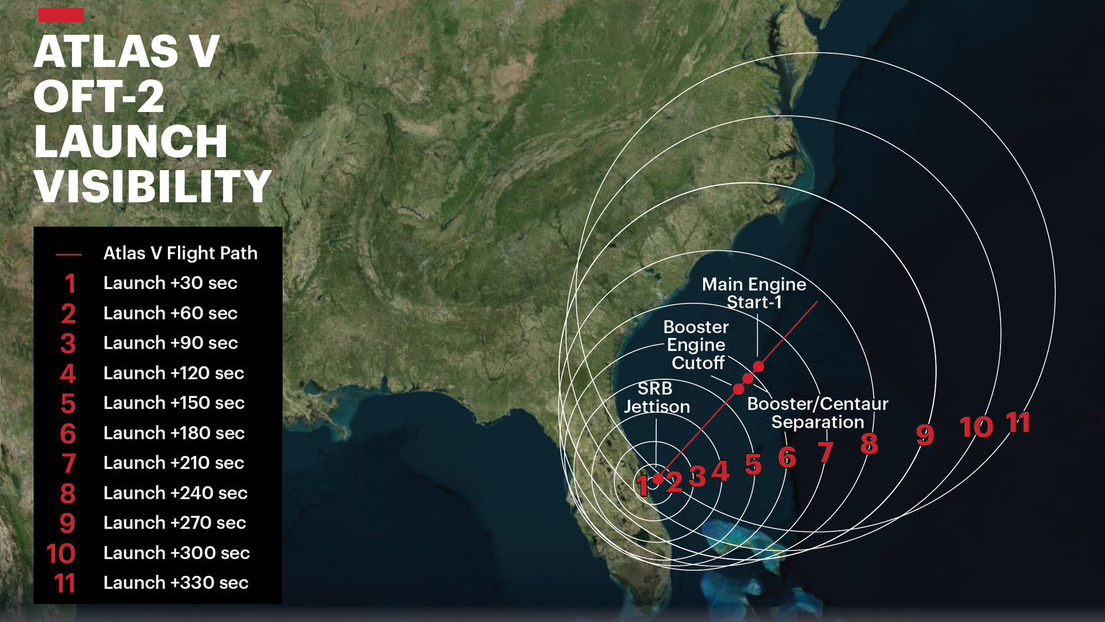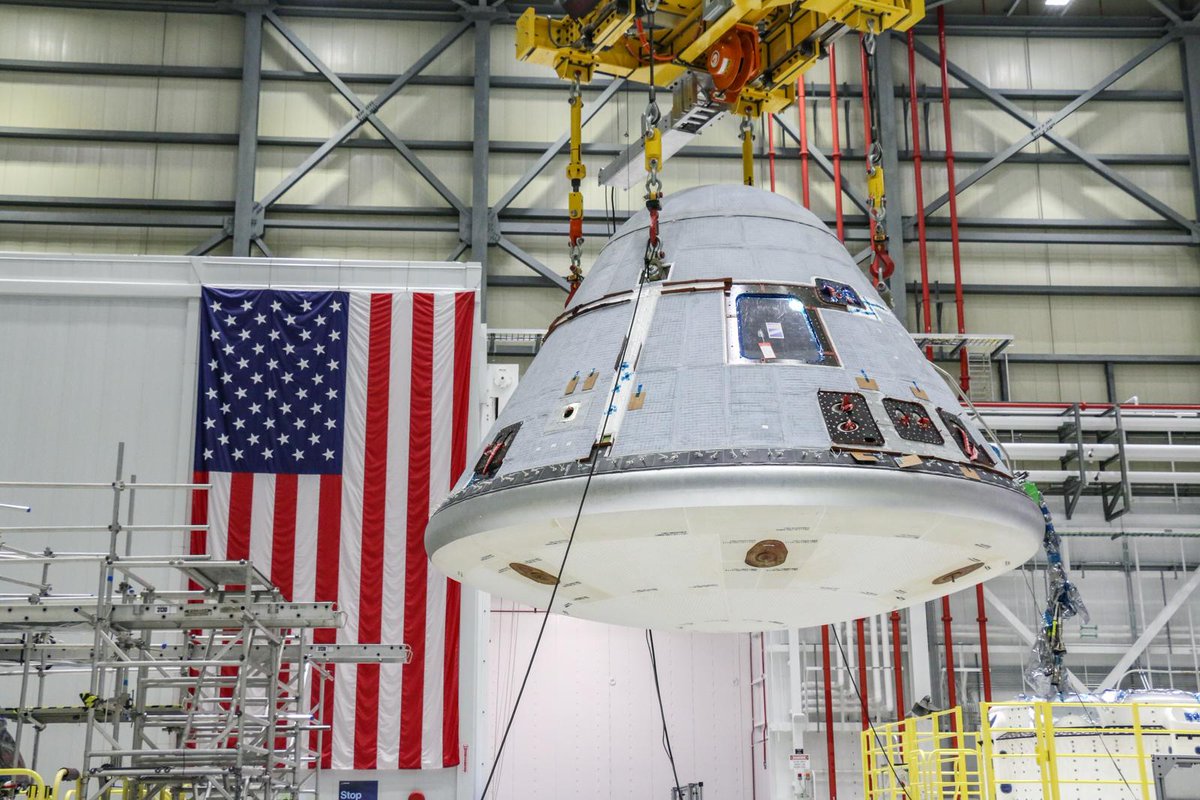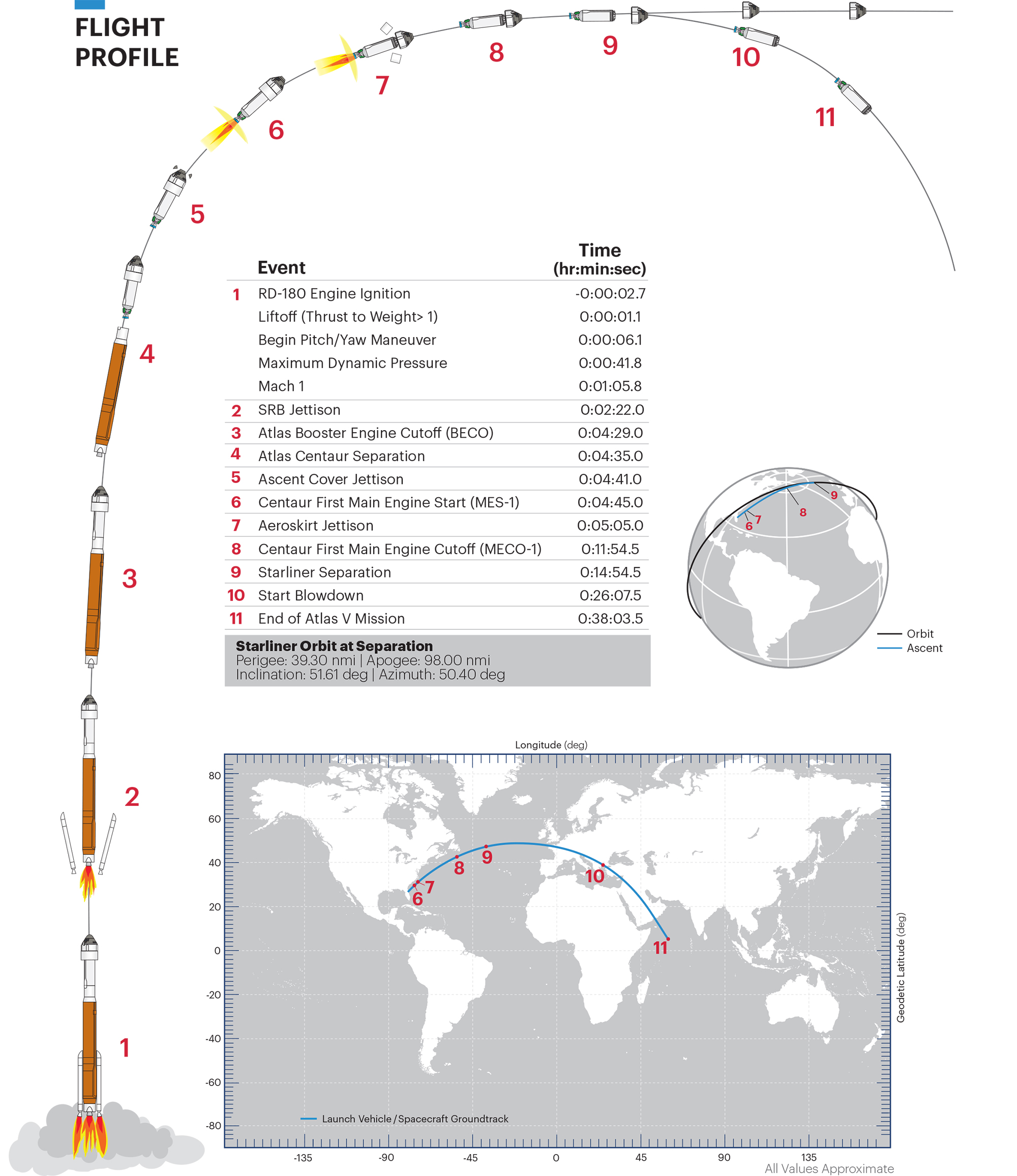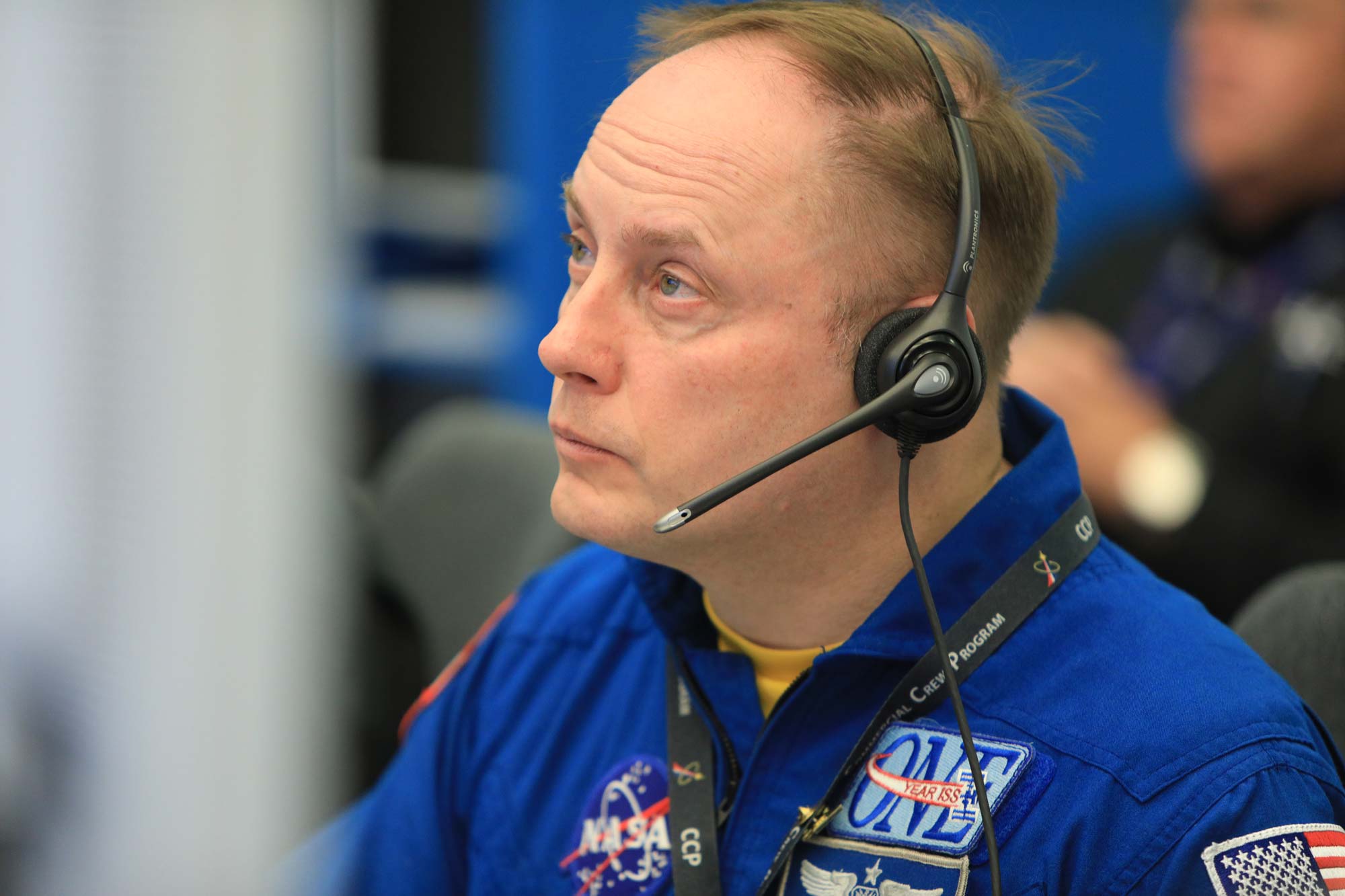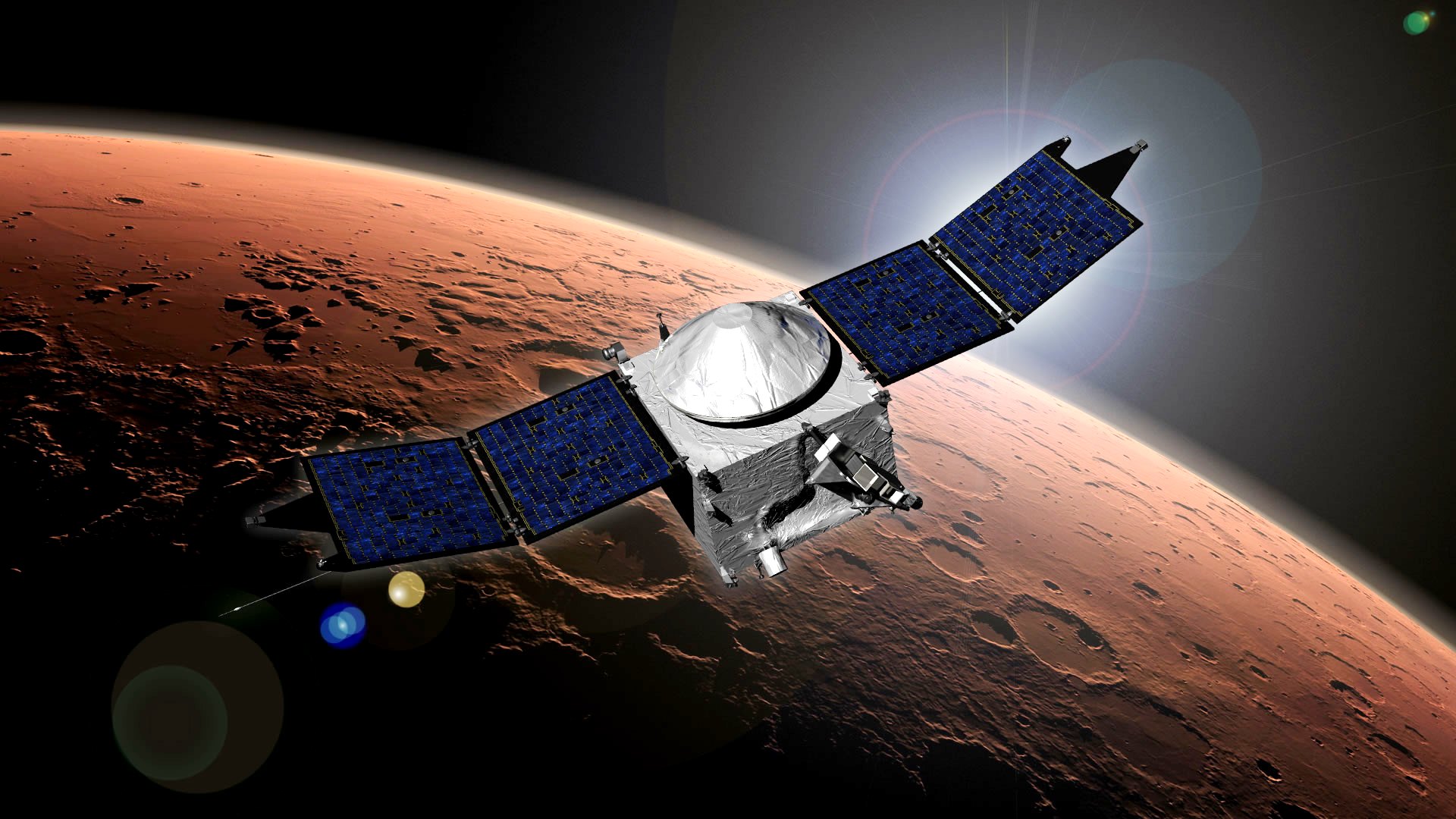Boeing's Starliner OFT-2 mission to the space station: Everything you need to know
The uncrewed OFT-2 is set to lift off on May 19.
Boeing's Starliner astronaut taxi is getting ready for a key test of its systems ahead of carrying astronauts.
If all goes according to plan, Starliner will launch on the uncrewed Orbital Flight Test-2 (OFT-2) on Thursday (May 19) at 6:54 p.m. EDT (2254 GMT) atop a United Launch Alliance (ULA) Atlas V rocket. This will be the spacecraft's second attempt to reach the International Space Station (ISS), after a failed effort in December 2019.
OFT-2 was initially scheduled to go aloft in August 2021, but technicians conducting routine prelaunch checks found that more than a dozen valves in Starliner's propulsion system were stuck. Boeing technicians implemented a fix after months of work, and Starliner is now go for liftoff once again.
Live updates: Follow Boeing's Starliner OFT-2 mission here
In photos: Boeing Starliner OFT-2 mission gallery
Related: How to watch Boeing launch its 2nd Starliner test flight for NASA
OFT-2 will be a crucial milestone for Boeing, which was unable to reach the ISS with Starliner's first test flight in December 2019, called OFT.
That first try was doomed by a series of Starliner software glitches. After completing a thorough investigation in July 2020, Boeing and NASA implemented 80 "corrective actions" to prepare Starliner for a do-over of the OFT mission. If all goes well with OFT-2, Boeing hopes to conduct its first astronaut test of Starliner later in 2022.
Here's a complete guide to everything you need to know about the OFT-2 mission — including how to see the launch and all related live events online and in person — and what this historic mission will mean for NASA and the commercial spaceflight industry.
Breaking space news, the latest updates on rocket launches, skywatching events and more!
When is the launch?
OFT-2 has a target launch date of May 19 at 6:54 p.m. EDT (2254 GMT). A backup opportunity is available May 20 at 6:32 p.m. EDT (2232 GMT). Docking to the ISS is scheduled to occur just over 24 hours after launch.
The timing of the launch could change due to technical, weather or other factors. Launch weather forecasts will be provided by the U.S. Space Force's 45th Weather Squadron.
You can watch live coverage of the mission here at Space.com, courtesy of NASA Television. NASA's launch broadcast will begin with prelaunch activities and end after Starliner's orbital insertion; typically, live coverage will resume when Starliner approaches the space station for docking. NASA also plans a live NASA Social event on Facebook, with no registration required.
Starliner should reach its preliminary orbit about half an hour after liftoff. After the orbital insertion maneuver, the spacecraft will begin a 24-hour orbital chase to catch up with the International Space Station for rendezvous and docking.
After Starliner docks, the Expedition 67 astronauts onboard the space station will open the hatch and enter the capsule for an inspection, and also unload the roughly 500 pounds (225 kilograms) of supplies Starliner brought up. NASA has not yet announced a new schedule for hatch opening, but that moment, too, will likely stream live on NASA's channels and on Space.com.
Starliner will spend five to eight days docked at the space station before returning to Earth for a parachute-assisted landing in the western United States; NASA has not yet announced a precise landing date or location.
Where will Starliner lift off?
Boeing will launch Starliner from Space Launch Complex 41 at Cape Canaveral Space Force Station in Florida, a busy launch port situated near NASA's Kennedy Space Center. The launch site is about an hour east of Orlando adjacent to the Atlantic coast, providing for a safe region for rocket stage drops and overall launch activities.
Cape Canaveral Space Force Station is one of the United States' first launch sites and had its name officially changed from Cape Canaveral Air Force Station in late 2020.
This is the same facility from which the first U.S. satellite, Explorer 1, launched in 1958 and where some of the first American astronauts launched for space and Earth orbit. Numerous uncrewed planetary probes have also departed Cape Canaveral over the decades, with some reaching into interstellar space.
How to see the launch in person
Planning to watch the launch in person? Spectators wishing to view the launch from Kennedy Space Center should look at their options on this page. As of this writing, the Launch Complex 39 observation gallery is sold out, but viewing is available at Banana Creek and the Atlantis North Lawn.
Viewers along the eastern seaboard of the United States may be able to catch a glimpse of the rocket soaring through the sky, weather and daylight permitting. However, if the launch occurs during the daytime as currently forecast, it may be difficult to observe from afar.
What's on board?

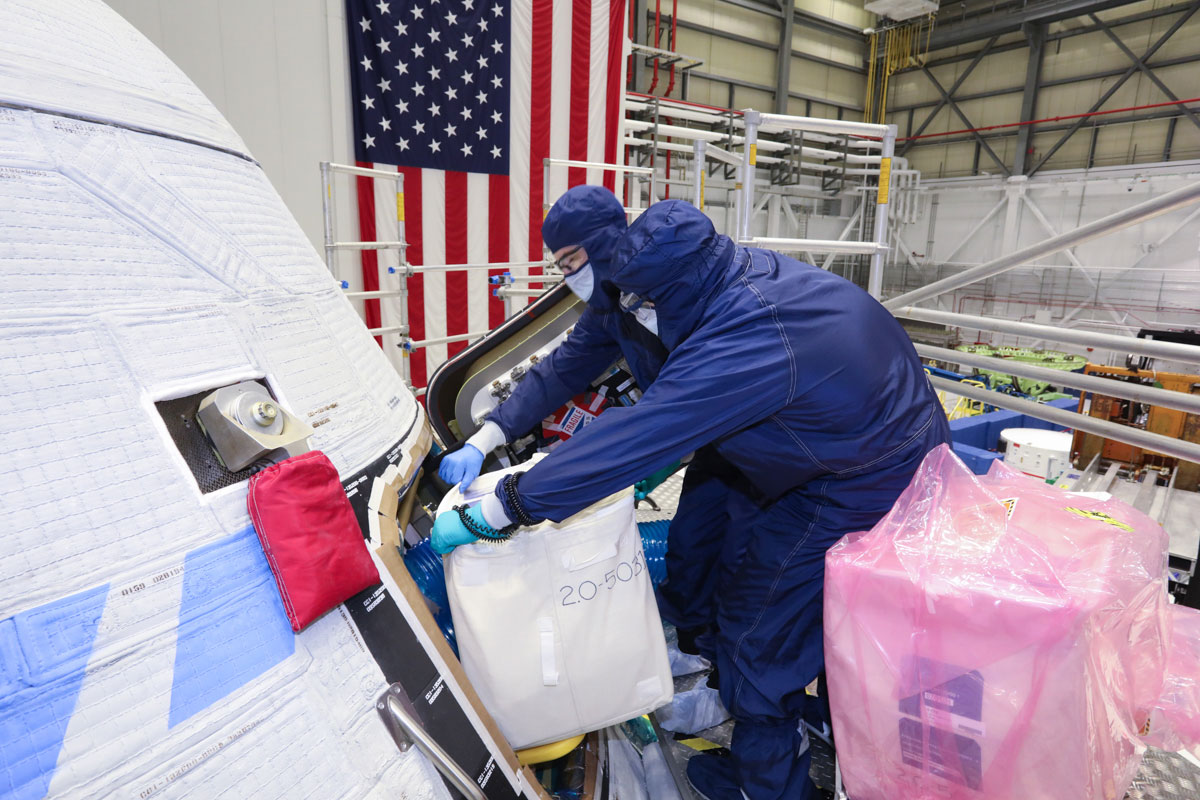
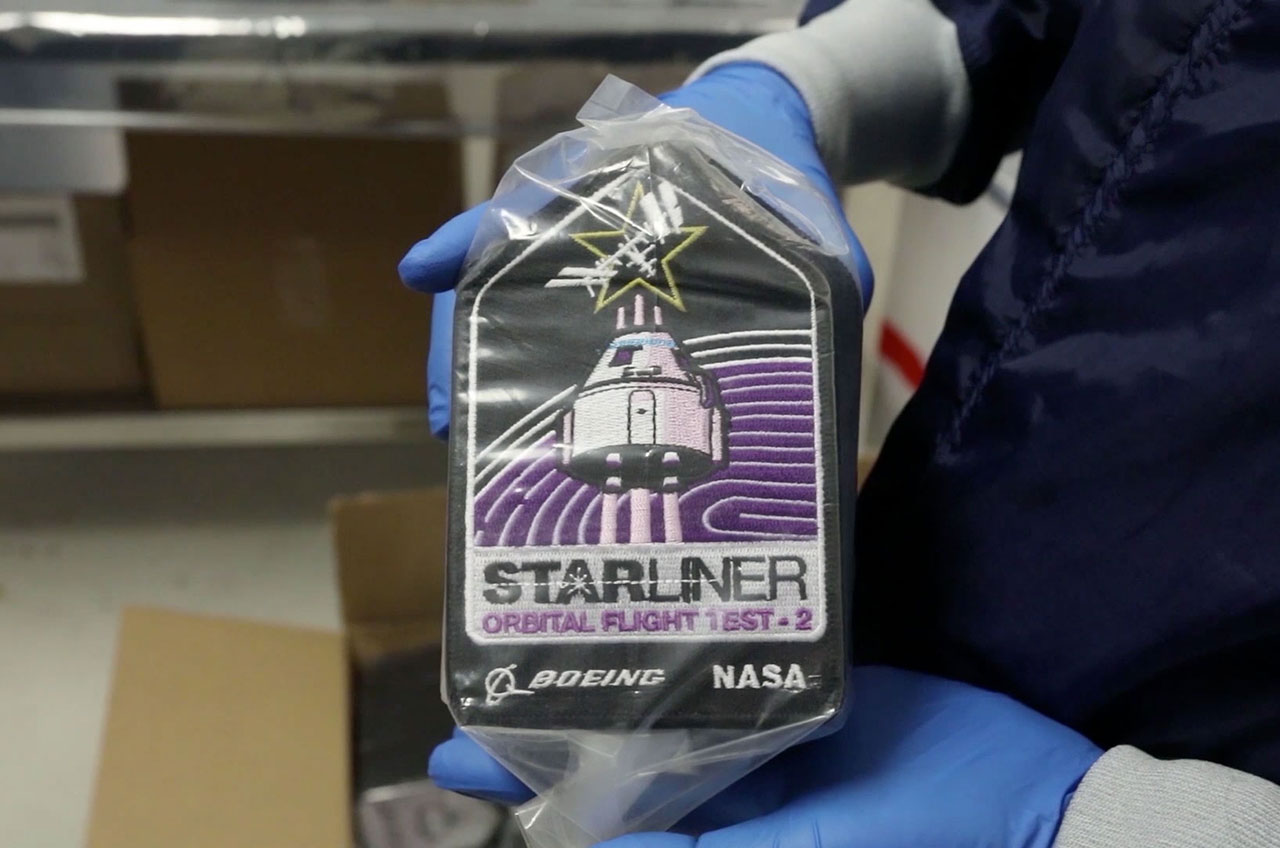
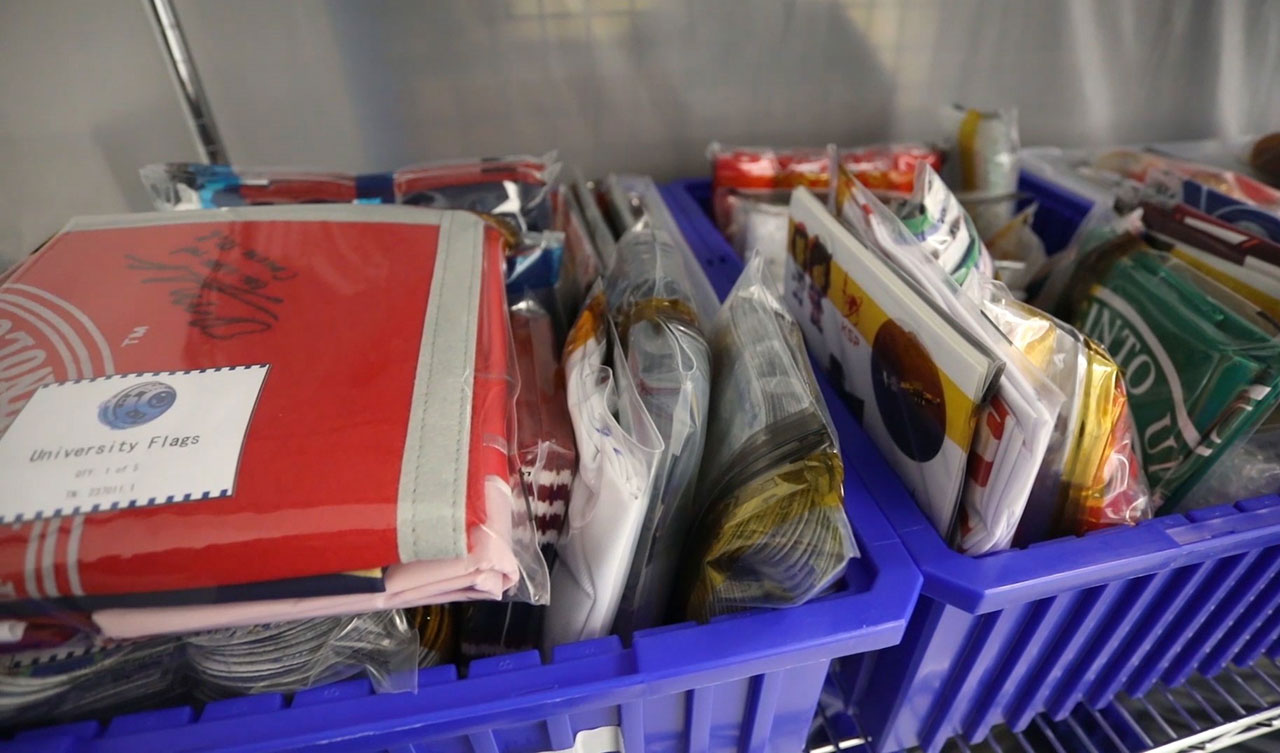
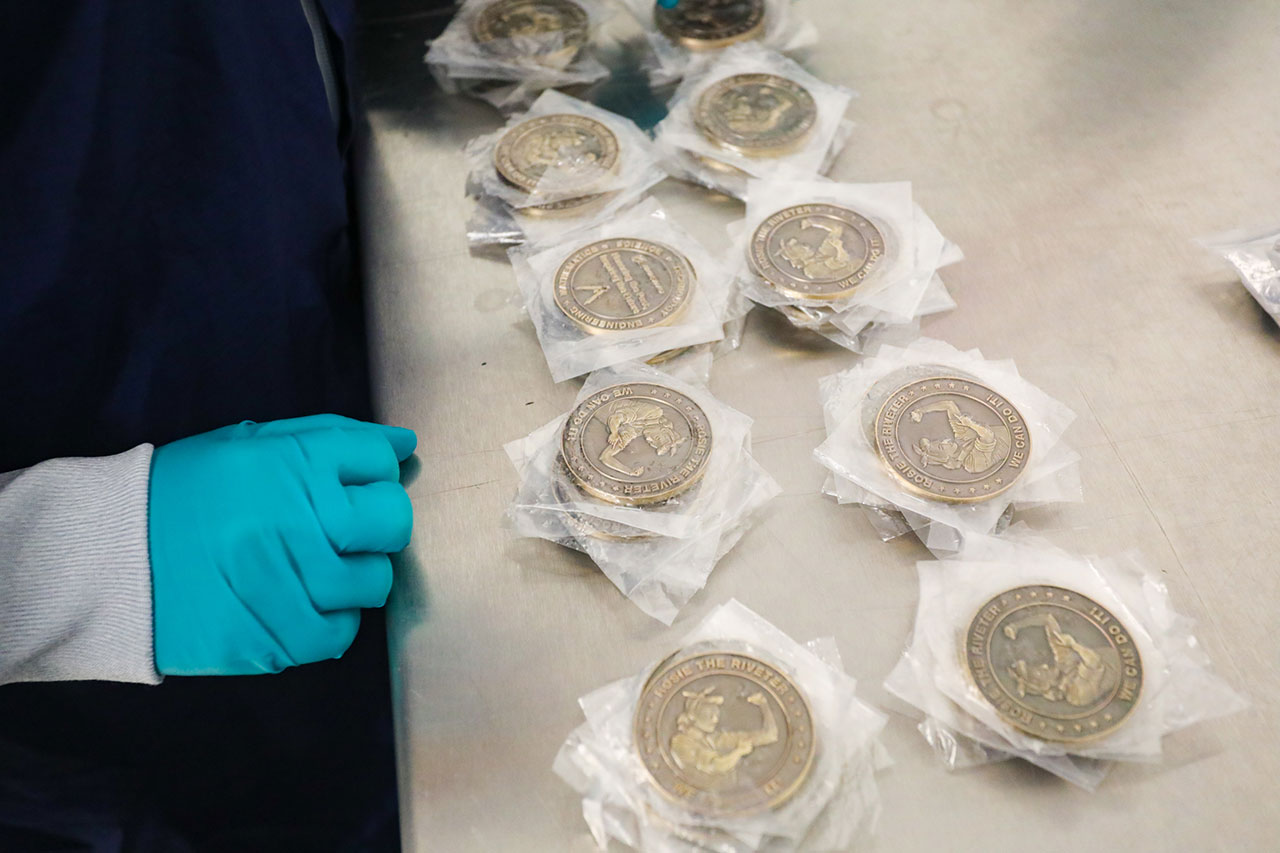
While Starliner will be uncrewed for the OFT-2 mission, the commander's seat will have a passenger: Rosie the Rocketeer, Boeing's anthropometric test device. Rosie also flew to space during the first OFT in December 2019 and was equipped with 15 sensors to evaluate the stresses of spaceflight on the human body. But for OFT-2, the dummy won't be collecting this data again.
"Rosie's there, but she is essentially a ballast," John Vollmer, vice president and program manager of Boeing's commercial crew program, said in a prelaunch briefing in May 2022. "We are taking measurements — we've put sensors in the seats and other locations in the vehicle, as we found that we thought that would be more valuable since we'd gotten the data from Rosie on the first flight."
Much of Starliner's cargo will be food and other supplies and equipment for the crew aboard the International Space Station. Starliner will bring more than 500 pounds (225 kg) to the orbiting laboratory, and upon departure the spacecraft will return to Earth with more than 600 pounds (272 kg) of cargo, according to NASA.
Starliner will also fly commemorative things. OFT-2 will include 14 banners from historically Black colleges and universities (HBCUs), Silver Snoopy pins (traditionally given to NASA astronauts who directly contribute to human spaceflight success) and Rosie the Riveter commemorative coins to honor the nearly 19 million American women who contributed to the aerospace industry during World War II.
Other items aboard the spacecraft include American flags and an ID card signed and used by Boeing's founder, Bill Boeing, to travel the U.S. by air. The same card also flew onboard OFT-1.
Read more: HBCU flags and 'Rosie' coins among Boeing Starliner OFT-2 cargo
What is Starliner's mission?
The overall goal of Starliner's OFT-2 mission is to rocket a spacecraft to the International Space Station, dock with it to exchange supplies and equipment, and execute a safe splashdown in the Atlantic Ocean. This is an uncrewed test mission to ensure that the key milestones of an astronaut flight are possible so that Starliner can be certified to carry astronaut crews.
In 2014, both Boeing and SpaceX received commercial crew development contracts from NASA, together valued at $6.8 billion, to bring astronauts to space as a replacement for NASA's space shuttle vehicle, which retired in 2011. In the interim, Russia's Soyuz spacecraft brought all NASA astronauts to the ISS.
SpaceX's Crew Dragon began operational flights with astronauts in 2020, reducing NASA's need to use Soyuz spacecraft. However, Boeing encountered technical problems that have delayed Starliner human flights. During Starliner's last test attempt in December 2019, the spacecraft experienced a series of glitches that stranded the vehicle in the wrong orbit to reach the International Space Station.
Starliner landed safely after its failed attempt to reach the ISS on the original OFT, and since then NASA and Boeing have been working together to fix dozens of issues identified during the 2019 flight. The spacecraft was initially recertified for a launch in summer 2021 for OFT-2.
Technicians, however, found a series of stuck valves in Starliner's service module during routine preflight checks while OFT-2 was on the pad for its 2021 attempt. The capsule and rocket were removed from the pad to diagnose the valve problem in more detail. The probable cause of the valve issue, found months later, was a nitrogen tetroxide oxidizer reacting with air moisture, creating nitric acid. The nitric acid in turn reacted with the aluminum surrounding the valves, resulting in corrosion products that interfered with valve function.
Boeing made multiple adjustments to the valves, such as purging moisture using nitrogen gas, sealing a potential moisture point in the electrical connectors and adding a new process to "cycle" the valves every two to five days to keep them going on the pad. OFT-2's service module was also replaced.
Starliner passed a new flight readiness review from NASA on May 11, 2022 and was cleared for launch. Should everything go to plan, NASA plans to put its first astronauts on Starliner later in the year; who and how many will go will be determined after OFT-2's return, assuming the mission meets all objectives.
OFT-2 mission timeline & flight profile
Should the schedule hold, Starliner will blast off aboard a United Launch Alliance Atlas V rocket at May 19 at 6:54 p.m. EDT (2254 GMT) from Space Launch Complex-41 on Cape Canaveral Space Force Station in Florida.
The spacecraft will reach its preliminary orbit roughly 31 minutes later, and then get ready to dock with the ISS. Docking is scheduled to occur just over 24 hours after liftoff.
NASA says that Starliner will remain docked to the ISS for five to eight days before coming back to Earth. Starliner will attempt to land somewhere in the western United States. Through the whole process, Boeing and NASA will be assessing and testing the spacecraft's performance to try to certify the spacecraft to ferry astronauts.
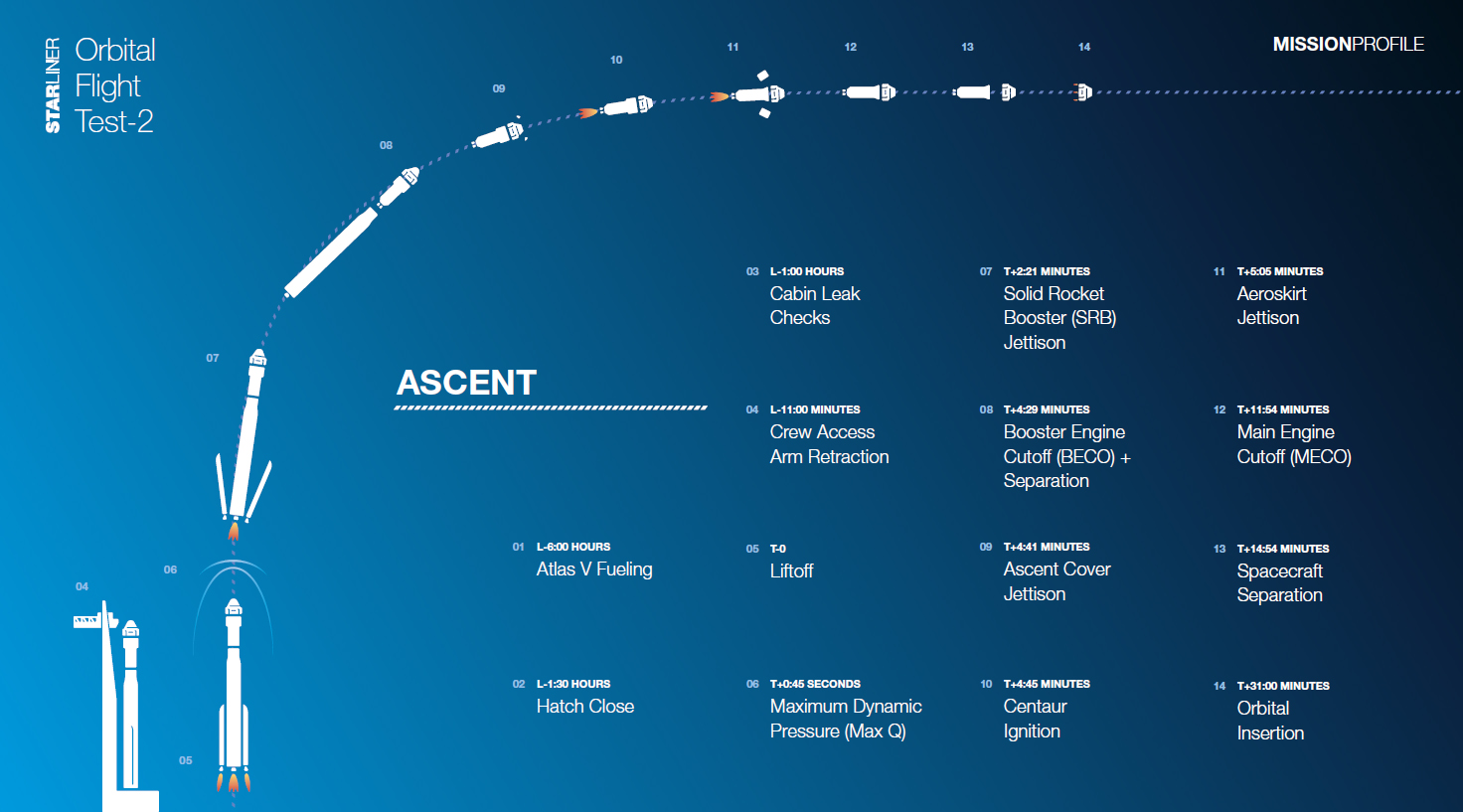
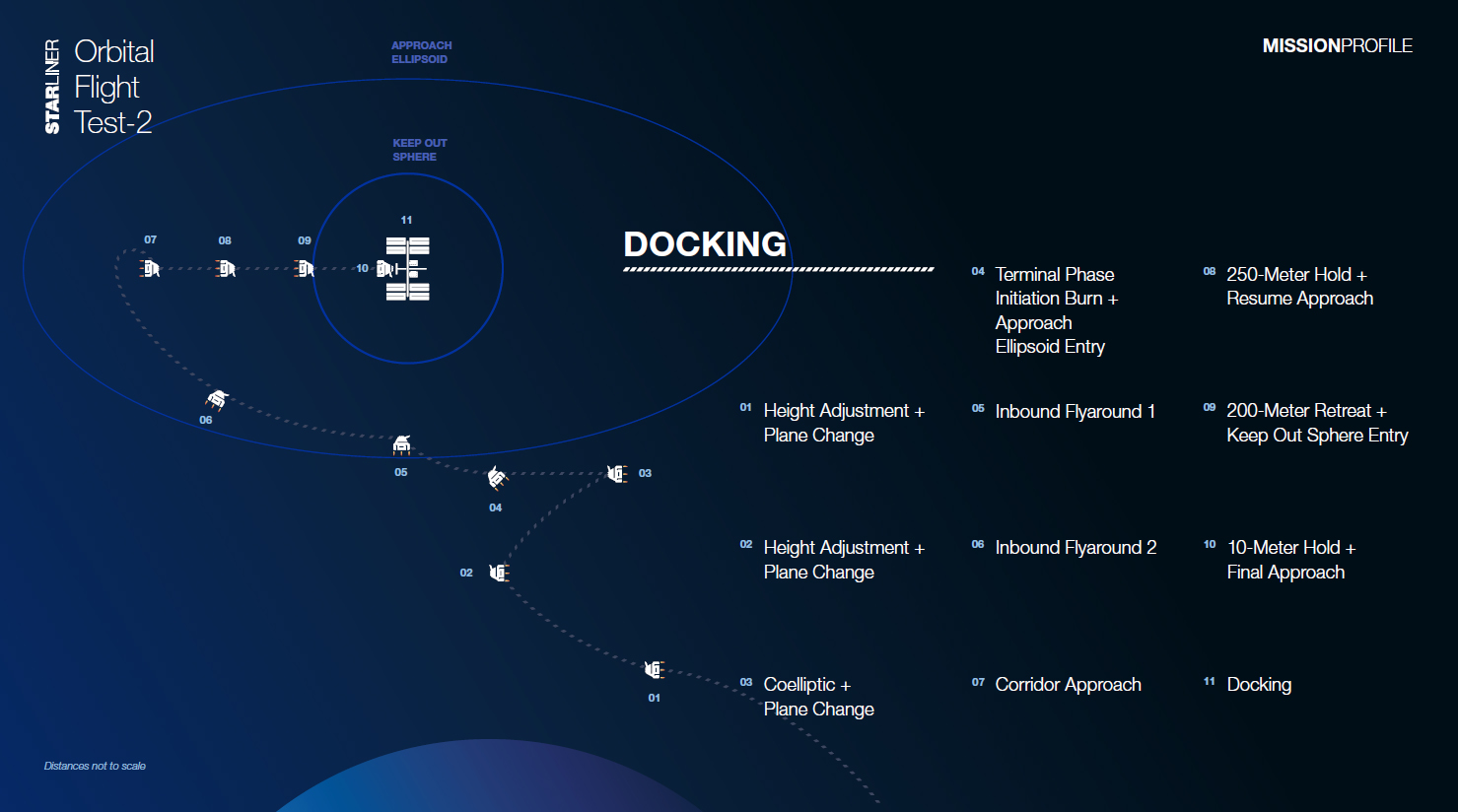
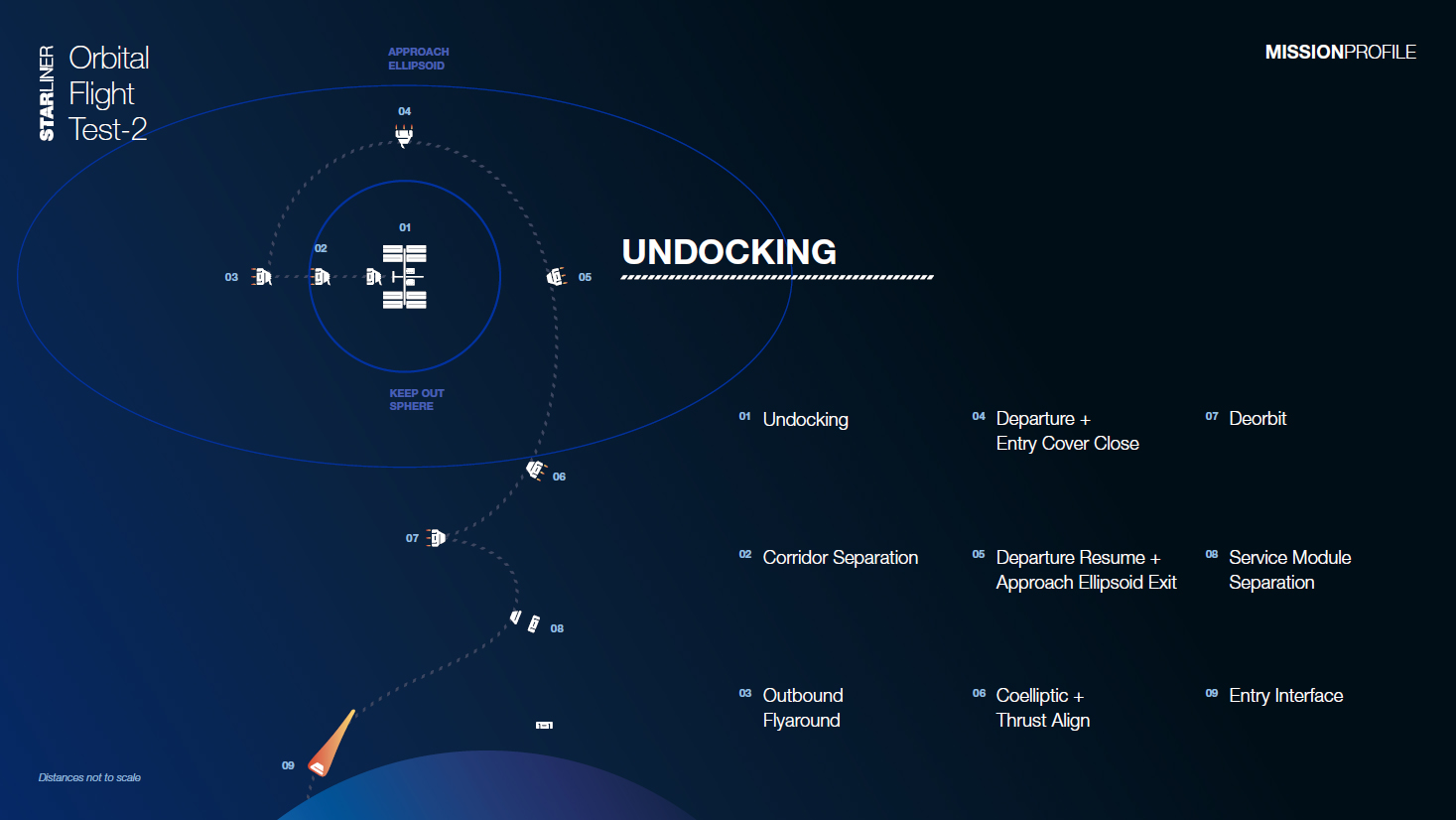
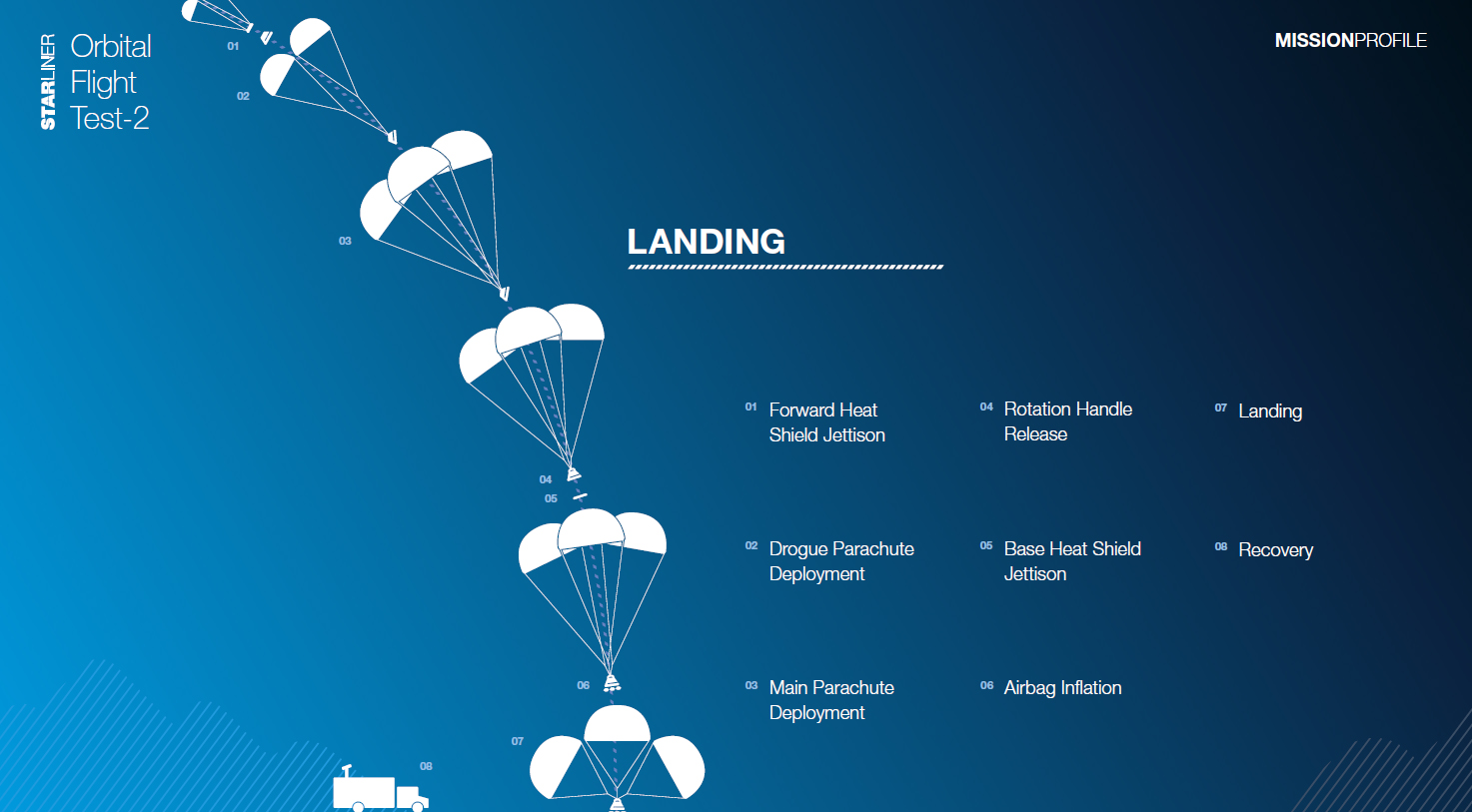
Some of the things that NASA wants to see are the successful in-orbit operation of all major spacecraft systems, good performance of guidance, navigation and control systems through launch, orbit and re-entry, and safe acoustic and vibration levels for astronauts.
Starliner will also have to meet all its basic mission requirements of launching, docking and landing to a degree that is operational and safe for astronauts.
What's next?
At least two NASA astronauts are expected to fly on board the first crewed Starliner flight later in 2022, although this could be subject to change. The current manifest for the crew includes NASA astronauts Barry "Butch" Wilmore and Mike Fincke. A third seat is available for a mission specialist, although NASA will make the call after OFT-2 as to whether to fly three astronauts or two, the agency said in a press conference on May 11.
There have been several personnel changes since the initial crew members were announced in 2019. NASA astronaut Nicole Mann was expected to fly on Starliner but was reassigned in October 2021 to become the first female commander of a NASA commercial crew program mission, SpaceX's coming Crew-5 flight. NASA astronaut Eric Boe was withdrawn for medical reasons in January 2019 and replaced by Fincke. And Boeing astronaut Chris Ferguson resigned his planned command in October 2020 due to family reasons.
In previous years, NASA had said the plan for the first crewed Starliner flight was to keep astronauts aboard the ISS for "several months," but the agency didn't specify if that would be a normal six-month rotation. Sometimes the schedule is adjusted for operational reasons. As a comparison point, SpaceX's first crewed test flight in 2020, the two-astronaut Demo-2, was about two months long.
Crew Flight Test will need to pass its major milestones to allow Starliner to get full certification to haul astronaut crews to space regularly. Once that happens, NASA will have two commercial crew vehicles to use (Starliner and SpaceX's Crew Dragon) for all its astronaut flights.
Even when the two commercial crew vehicles are operational, NASA still may use Russian Soyuz seats on occasion. But that arrangement has been complicated by the Russian invasion of Ukraine Feb. 24. While normal ISS operations have continued between the two agency partners, most other space partnerships fractured in the wake of the internationally condemned invasion.
Editor's note: This article was originally published July 29, 2021, updated on Aug. 13, 2021, and updated again on May 13, 2022.
Follow Elizabeth Howell on Twitter @howellspace. Follow us on Twitter @Spacedotcom and on Facebook.

Elizabeth Howell (she/her), Ph.D., was a staff writer in the spaceflight channel between 2022 and 2024 specializing in Canadian space news. She was contributing writer for Space.com for 10 years from 2012 to 2024. Elizabeth's reporting includes multiple exclusives with the White House, leading world coverage about a lost-and-found space tomato on the International Space Station, witnessing five human spaceflight launches on two continents, flying parabolic, working inside a spacesuit, and participating in a simulated Mars mission. Her latest book, "Why Am I Taller?" (ECW Press, 2022) is co-written with astronaut Dave Williams.
